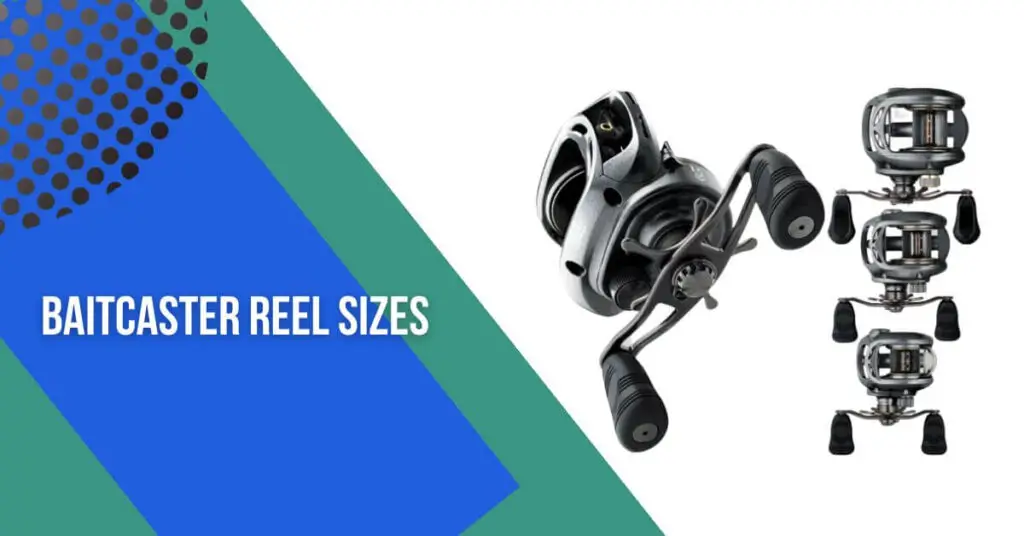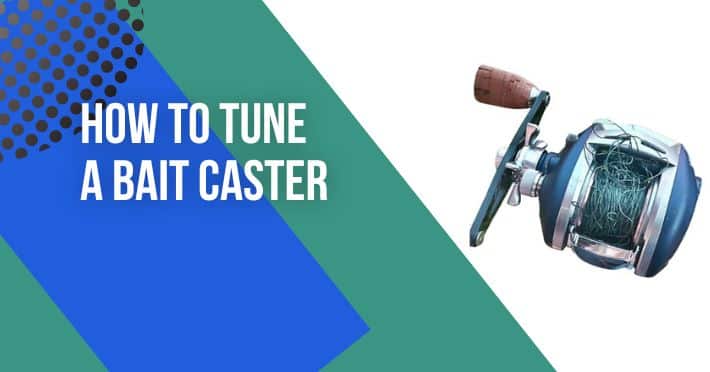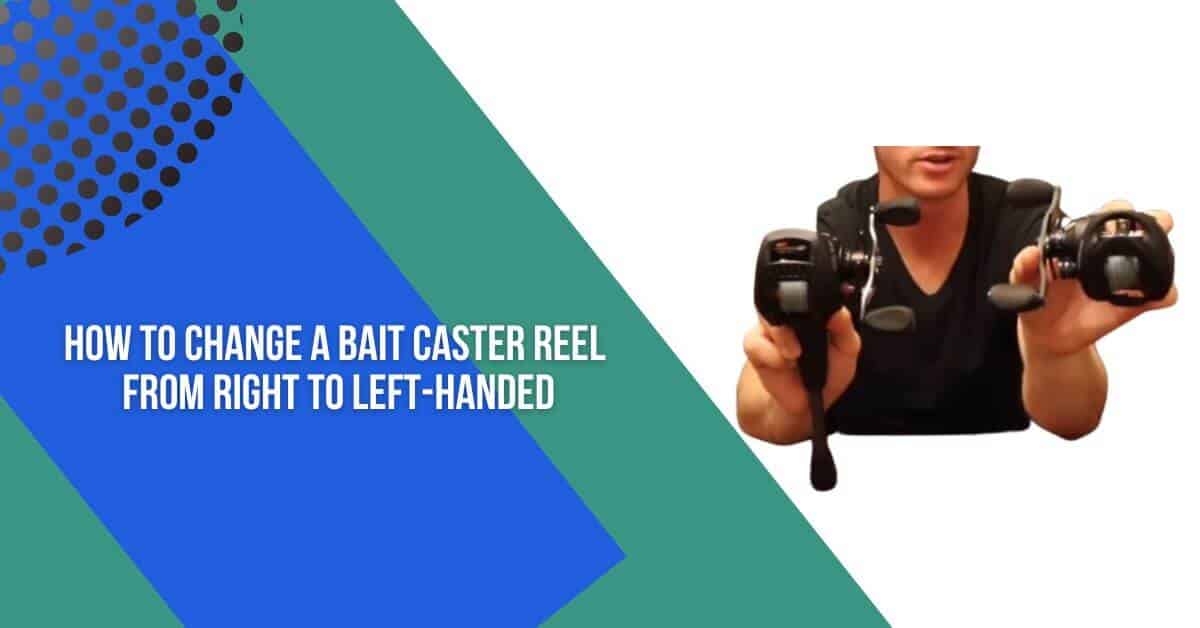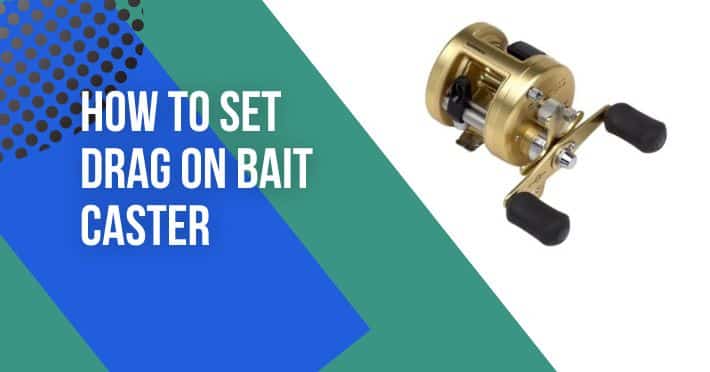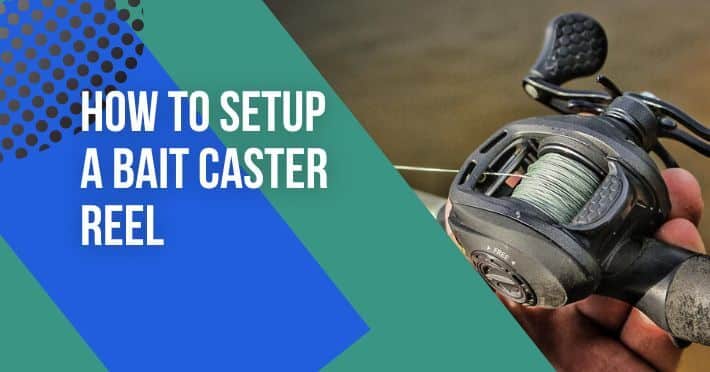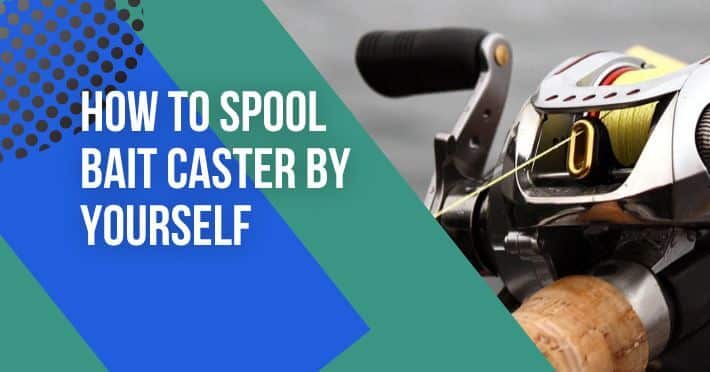Contents
- 1 Baitcaster Reel Sizes
- 2 The Basics of Baitcaster Reel Sizes
- 3 Small Baitcaster Reels
- 4 Medium Baitcaster Reels
- 5 Large Baitcaster Reels
- 6 Factors to Consider When Choosing Baitcaster Reel Size
- 7 Matching Baitcaster Reel Size with Fishing Rods
- 8 Maintenance and Care Tips for Baitcaster Reels
- 9 How reel size affect casting distance, line capacity, and retrieval speed?
- 10 Casting Distance:
- 11 Line Capacity:
- 12 Retrieval Speed:
- 13 Conclusion
- 14 FAQs!!
- 15 Q: How do I determine the right baitcaster reel size for my fishing needs?
- 16 Q: Can I use a small baitcaster reel for big game fishing?
- 17 Q: What is the advantage of a high gear ratio in a baitcaster reel?
- 18 Q: When is a low gear ratio preferable in a baitcaster reel?
- 19 Q: What are some scenarios where a medium-sized baitcaster reel is the best choice?
- 20 Q: Can I use a large baitcaster reel for finesse fishing?
- 21 Q: How does reel size affect the overall weight of my fishing setup?
- 22 Q: Are there any maintenance considerations specific to different baitcaster reel sizes?
- 23 Q: Can I switch the spool on a baitcaster reel to change its size?
- 24 Q: Are there any special techniques for casting with different baitcaster reel sizes?
Fishing enthusiasts know that choosing the right equipment can make a significant difference in their success on the water. Among the most critical components of a fishing setup is the reel, and when it comes to baitcasting reels, size matters.
In this comprehensive guide, we’ll delve into the intricacies of baitcaster reel sizes, providing you with the knowledge to make informed decisions for your fishing adventures.
Baitcaster Reel Sizes
Baitcaster reel sizes refer to the physical dimensions and specifications of baitcasting reels, which are a type of fishing reel commonly used by experienced anglers for their precision and control. Understanding these sizes is crucial for selecting the right reel for specific fishing scenarios.
The primary components that define baitcaster reel sizes are the spool diameter, line capacity, and gear ratio. Each of these factors contributes to the reel’s overall performance and suitability for different types of fishing.
- Spool Diameter: The spool diameter is a critical aspect of baitcaster reel sizing. It refers to the width of the spool where the fishing line is wound. Larger spools can hold more line, which is essential when targeting species that make long, powerful runs. A larger spool also allows for increased casting distance, making it suitable for open water fishing where covering a lot of ground is necessary. Conversely, smaller spools are favored for their precision and finesse, making them ideal for scenarios where accuracy is paramount, such as when using light lures or fishing in tight spaces.
- Line Capacity: Line capacity is another crucial consideration when it comes to baitcaster reel sizes. It refers to the amount of fishing line that a reel can hold. This is particularly important when targeting larger or stronger fish species that may require extended battles. A reel with higher line capacity is preferred for such situations. On the other hand, when finesse fishing or using lighter lines, a reel with a lower line capacity may be more appropriate.
Gear Ratio: The gear ratio of a baitcaster reel indicates how many times the spool turns with each full turn of the reel handle. For instance, a 6.4:1 gear ratio means the spool turns 6.4 times for every single rotation of the handle.
Higher gear ratios provide faster retrieval speeds, making them suitable for techniques where quick line retrieval is essential, such as flipping or pitching. Lower gear ratios, on the other hand, offer more torque, making them better suited for techniques that require greater cranking power, like deep diving crankbait fishing.
The Basics of Baitcaster Reel Sizes
Baitcaster reel size encompasses several crucial elements, including spool diameter, line capacity, and gear ratio. These factors collectively determine the reel’s performance in the field.
Spool diameter affects casting distance, while line capacity dictates how much fishing line the reel can hold. Gear ratio, on the other hand, determines the speed at which line is retrieved.
Small Baitcaster Reels
Small-sized baitcaster reels are prized for their finesse and precision. These reels shine when used with light lures and are particularly effective in scenarios where delicate presentations are required.
Anglers favor them for finesse fishing techniques such as drop shotting or pitching around cover. Models like the Shimano Curado DC 150 and Abu Garcia Revo MGXtreme exemplify the prowess of small baitcaster reels.
Medium Baitcaster Reels
Medium-sized baitcaster reels strike a balance between finesse and power. They are versatile tools suitable for a wide range of fishing styles and scenarios.
Anglers find them particularly effective for techniques like flipping and pitching, where accuracy and control are paramount. Models like the Daiwa Tatula SV TW 103 and Lew’s Tournament Pro G Speed Spool SLP illustrate the capabilities of medium-sized baitcaster reels.
Large Baitcaster Reels
Large-sized baitcaster reels are the workhorses of the fishing world. These robust reels excel in scenarios where tackling big game fish or heavy cover is the primary objective.
They offer ample line capacity and higher gear ratios, making them ideal for pulling in larger catches. Reels such as the Abu Garcia Revo Toro Beast and Shimano Tranx 500HG exemplify the strength and power associated with large baitcaster reels.
Factors to Consider When Choosing Baitcaster Reel Size
Selecting the right baitcaster reel size depends on several critical factors. Consider the species of fish you’re targeting and their average size. Additionally, think about the types of lures and baits you intend to use.
The fishing environment, whether freshwater or saltwater, also plays a significant role in reel size selection. Finally, take into account your personal casting style and preferences, as these factors can influence the ideal reel size for your needs.
Matching Baitcaster Reel Size with Fishing Rods
Ensuring compatibility between your baitcaster reel and fishing rod is crucial for achieving optimal performance. Different reel sizes pair better with specific rod types.
For example, matching a small baitcaster reel with a finesse casting rod allows for precise and controlled presentations, while pairing a large reel with a heavy action rod provides the strength needed to tackle formidable opponents.
Maintenance and Care Tips for Baitcaster Reels
Proper maintenance of your baitcaster reel is essential to ensure its longevity and optimal performance. Regular cleaning and lubrication prevent corrosion and keep internal components operating smoothly.
Store your reel in a cool, dry place, away from direct sunlight and extreme temperatures. Additionally, consider professional servicing if you notice any signs of wear or diminished performance.
How reel size affect casting distance, line capacity, and retrieval speed?
Reel size plays a crucial role in determining the performance of a fishing setup. Here’s how it affects casting distance, line capacity, and retrieval speed:
Casting Distance:
- Spool Diameter: A larger spool diameter provides more room for the fishing line to be wound. This means that more line can be released during a cast, allowing for longer casting distances. The increased circumference of the spool allows for smoother and more controlled release of the line. As a result, reels with larger spools are favored when casting over longer distances.
- Weight Distribution: Larger reels tend to be heavier due to the increased size of their components, including the spool. This additional weight can affect the balance of the rod and reel combination. When balanced correctly, a heavier reel can help generate more momentum during a cast, further contributing to increased casting distance.
Line Capacity:
- Spool Size: The size of the spool directly determines the amount of fishing line a reel can hold. Larger spools have greater line capacity and can accommodate thicker, heavier lines. This is especially important when targeting larger or stronger fish species that require substantial line strength to handle.
- Line Diameter: A larger reel often has the capacity to hold thicker lines. Thicker lines have greater tensile strength and can handle more stress, which is crucial when battling powerful fish. This is an advantage for situations where a heavier line is needed.
Retrieval Speed:
- Gear Ratio: The gear ratio of a reel dictates the speed at which the line is retrieved. A higher gear ratio (e.g., 7.1:1) means that the spool rotates more times per single turn of the handle. This results in a faster retrieval speed. Reels with higher gear ratios are preferred for techniques where quick line retrieval is essential, such as when fishing with fast-moving lures or situations that require rapid reeling.
- Handle Length: While not directly related to reel size, the length of the reel handle can influence retrieval speed. Longer handles provide more leverage and allow for faster cranking, which can be advantageous when reeling in large or strong fish.
In summary, reel size has a significant impact on casting distance, line capacity, and retrieval speed. Larger spools and reels generally offer greater line capacity and the potential for longer casting distances.
Additionally, they can handle thicker lines needed for larger fish. On the other hand, the gear ratio and handle length determine how quickly the line can be retrieved, affecting the versatility and efficiency of the reel in different fishing situations. Understanding these relationships enables anglers to select the right reel size for their specific fishing needs.
Conclusion
In conclusion, understanding baitcaster reel sizes is a crucial aspect of successful fishing. Whether you’re targeting small finesse fish or tackling big game, choosing the right reel size can significantly impact your fishing experience.
By considering factors such as species, lures, environment, and personal preference, you can confidently select the perfect baitcaster reel for your needs. Remember also to maintain and care for your reel to ensure it continues to perform at its best.
Armed with this knowledge, you’re well-equipped for a successful and enjoyable fishing adventure. Happy fishing!
FAQs!!
Q: How do I determine the right baitcaster reel size for my fishing needs?
A: Consider factors such as the target fish species, preferred fishing techniques, and the type of environment you’ll be fishing in. Match the reel size to your specific requirements for casting distance, line capacity, and retrieval speed.
Q: Can I use a small baitcaster reel for big game fishing?
A: While possible, it may not be the most efficient choice. Small baitcaster reels are better suited for finesse fishing with light lures. For big game fishing, a larger reel with increased line capacity and strength is generally recommended.
Q: What is the advantage of a high gear ratio in a baitcaster reel?
A: A higher gear ratio means faster retrieval speeds. This is beneficial for techniques that require quick line retrieval, like flipping and pitching, or situations where rapid reeling is necessary.
Q: When is a low gear ratio preferable in a baitcaster reel?
A: A lower gear ratio provides more cranking power, which is advantageous for techniques that require extra torque, such as deep diving crankbait fishing or when dealing with larger, stronger fish.
Q: What are some scenarios where a medium-sized baitcaster reel is the best choice?
A: Medium-sized baitcaster reels are versatile and suitable for a wide range of fishing styles. They excel in scenarios where a balance between finesse and power is required, making them a popular choice among anglers.
Q: Can I use a large baitcaster reel for finesse fishing?
A: While technically possible, it may not be the most practical choice. Large baitcaster reels are designed for heavy cover and big game fishing. They may not provide the precision and control needed for finesse techniques.
Q: How does reel size affect the overall weight of my fishing setup?
A: Larger reels tend to be heavier due to the increased size of their components, including the spool. This additional weight can affect the balance of the rod and reel combination.
Q: Are there any maintenance considerations specific to different baitcaster reel sizes?
A: All baitcaster reels benefit from regular cleaning, lubrication, and proper storage. However, larger reels with more intricate components may require slightly more attention to ensure smooth operation.
Q: Can I switch the spool on a baitcaster reel to change its size?
A: Some baitcaster reels offer interchangeable spools, allowing anglers to switch between different sizes. However, it’s essential to ensure compatibility with the reel model and manufacturer specifications.
Q: Are there any special techniques for casting with different baitcaster reel sizes?
A: Adjusting the braking system and fine-tuning the drag settings can help optimize casting performance for different reel sizes. Additionally, practicing with each size to get a feel for its characteristics can be beneficial.

